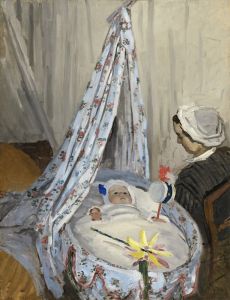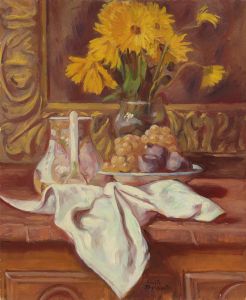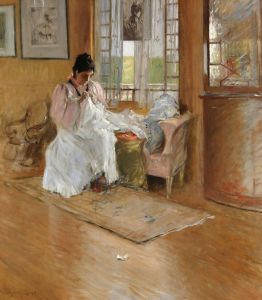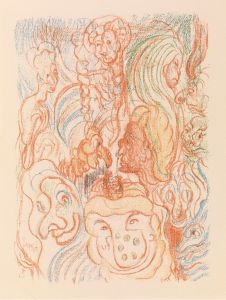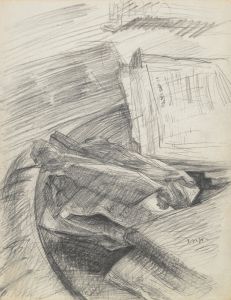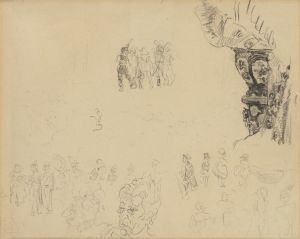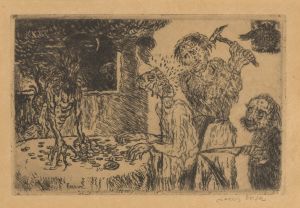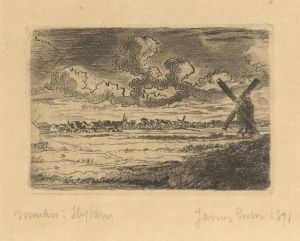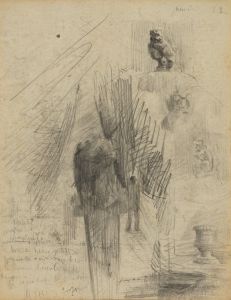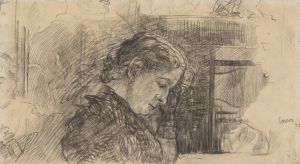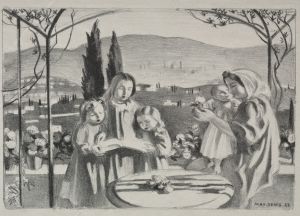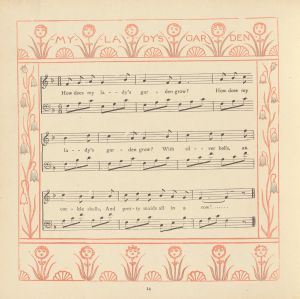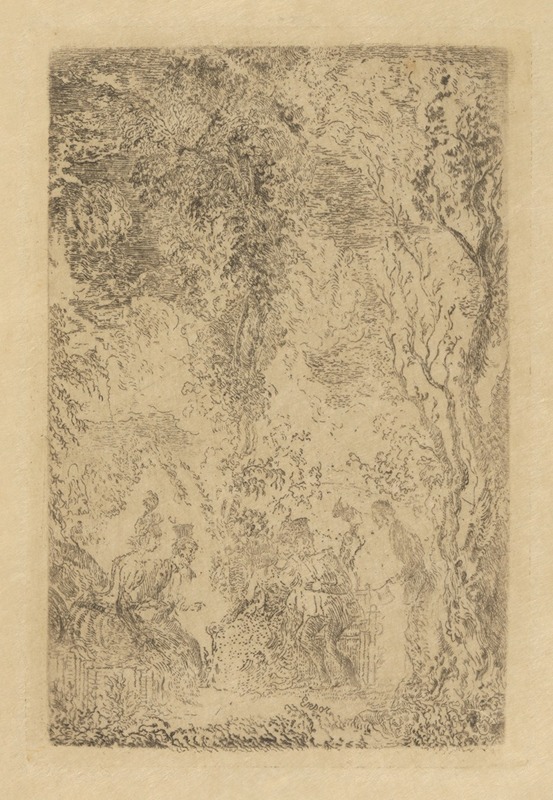
Minnetuin
A hand-painted replica of James Ensor’s masterpiece Minnetuin, meticulously crafted by professional artists to capture the true essence of the original. Each piece is created with museum-quality canvas and rare mineral pigments, carefully painted by experienced artists with delicate brushstrokes and rich, layered colors to perfectly recreate the texture of the original artwork. Unlike machine-printed reproductions, this hand-painted version brings the painting to life, infused with the artist’s emotions and skill in every stroke. Whether for personal collection or home decoration, it instantly elevates the artistic atmosphere of any space.
James Ensor, a prominent Belgian painter known for his avant-garde style and unique subject matter, created a diverse body of work that has been influential in the development of modern art. However, there is no widely recognized painting titled "Minnetuin" by James Ensor. It is possible that the title may refer to a lesser-known work, a misattribution, or a different title in another language. Ensor's oeuvre is characterized by its exploration of themes such as death, masks, and satire, often rendered in vibrant colors and expressive forms.
Ensor was born in 1860 in Ostend, Belgium, and spent most of his life there. He was a key figure in the Symbolist movement and is often associated with Expressionism due to his bold use of color and form. His works frequently depict fantastical scenes and grotesque imagery, reflecting his interest in the macabre and the absurd. Ensor's paintings often include skeletons, masks, and carnival imagery, which he used to critique societal norms and human folly.
One of Ensor's most famous works is "The Entry of Christ into Brussels in 1889," a large-scale painting that exemplifies his style and thematic concerns. The painting is a chaotic, satirical depiction of a parade, with Christ entering Brussels surrounded by a throng of grotesque figures. This work, like many of Ensor's, challenges traditional religious and societal values, using humor and irony to convey its message.
Ensor was also a member of the avant-garde group Les XX (The Twenty), which was formed in 1883. This group of artists and designers sought to promote innovative art and often exhibited works that challenged conventional aesthetics. Ensor's participation in Les XX helped to establish his reputation as a leading figure in the avant-garde art scene of the late 19th and early 20th centuries.
Throughout his career, Ensor's work was met with mixed reactions. While some critics praised his originality and boldness, others were put off by his unconventional subject matter and style. Despite this, Ensor's influence on later artists is undeniable. His work prefigured many aspects of Expressionism and Surrealism, and he is often credited with paving the way for these movements.
Ensor's legacy is preserved in numerous museums and collections around the world. The Royal Museum of Fine Arts in Antwerp and the Museum of Fine Arts in Brussels hold significant collections of his work. Additionally, the Ensor House in Ostend, his former residence, is now a museum dedicated to his life and art.
In conclusion, while there is no specific information available about a painting titled "Minnetuin" by James Ensor, his overall body of work remains a testament to his innovative spirit and enduring impact on the art world. His exploration of themes such as the grotesque, the absurd, and the satirical continues to resonate with audiences and artists alike.





